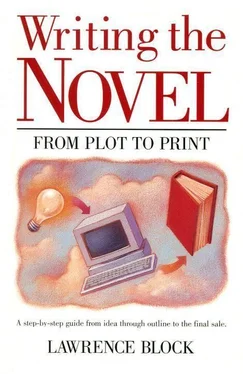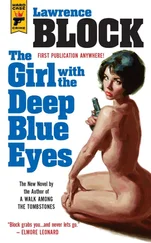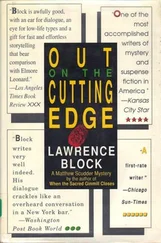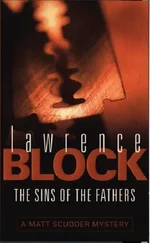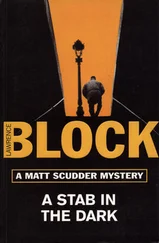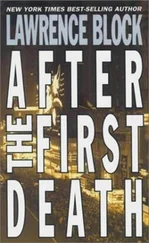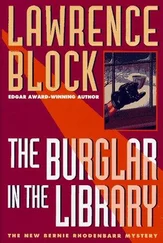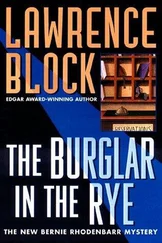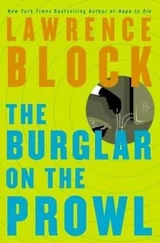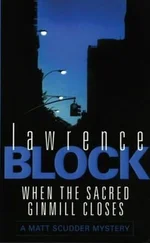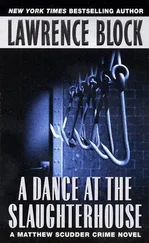For me, the most exhilarating moment at the typewriter is when a character takes on a life of his own. It’s not an easy thing to describe. But it happens. One can scarcely avoid playing God when writing a novel, creating one’s own imaginary universe and arranging the destinies of the characters as one sees fit. When the magic happens, however, and a character speaks and breathes and sweats and sighs apparently of his own accord, one feels for a moment that one has created life.
It’s a heady experience, and so satisfying that you’d want it to happen all the time. Unfortunately, it doesn’t — at least not for me. Some of my characters live for me as I’ve described. Others walk around like empty suits, doing what’s required of them but never coming to life. They may work well enough for the reader — craft can disguise the fact that certain characters are just walking through their roles — but not for me.
This was the case with the war novel I talked about in the last chapter. The lead character in my first draft had a lot of interesting things about him. He was a former stunt pilot, the survivor of an unhappy love affair, an American of Irish and Jewish heritage who had enlisted in the RAF. Who could fail to make such a man interesting?
Who indeed? I could, and did. I carried the poor clown through five hundred pages of tedious manuscript and never had the feeling that he could stand up without my support. He remained a two-dimensional cardboard cutout, mouthing the lines required to fit a situation, going places and doing things, acting and reacting and doing it all like a brainwashed zombie.
Why didn’t he come to life? I don’t know. It wasn’t because there was anything fundamentally unsympathetic about the sort of person he was or the acts he performed. A few minor characters in the same novel did verge on animation, including a few whom I found distinctly unpleasant, but my lead remained dead and hollow at the core. Perhaps my inability to breathe life into him owed something to my own negative feelings about the novel itself. Perhaps I couldn’t get past seeing him as an instrument rather than a person.
In contrast, Bernie Rhodenbarr came to life on the very first page of the first draft of the first novel in which he made an appearance.
Previously, I’d written a couple of chapters of a Scudder novel in which a burglar’s suspected of murder because he knocks off an apartment with a dead body in it. That particular burglar was a sort of gentle oaf, and Scudder was going to come to his rescue, but the book never got off the ground.
Later I decided to revive that plot notion, eliminate the detective, change the tone entirely from downbeat to sprightly, and let the burglar himself solve the crime and go on to tell the tale.
I decided to open with the initial burglary, so I sat down and typed out the following:
A handful of minutes after nine I hoisted my Bloomingdale’s shopping bag and moved out of a doorway and into step with a tall blond fellow with a faintly equine cast to his face. He was carrying an attaché case that looked too thin to be of much use. Like a high-fashion model, you might say. His topcoat was one of those new plaid ones and his hair, a little longer than my own, had been cut a strand at a time.
“We meet again,” I said, which was an out-and-out lie. “Turned out to be a pretty fair day after all.”
He smiled, perfectly willing to believe that we were neighbors who exchanged a friendly word now and then. “Little brisk this evening,” he said.
I agreed that it was brisk. There wasn’t much he might have said that I wouldn’t have gladly agreed with. He looked respectable and he was walking east on Sixty-seventh Street and that was all I required of him. I didn’t want to befriend him or play handball with him or learn the name of his barber or coax him into swapping shortbread recipes. I just wanted him to help me get past a doorman.
By the time I had that much written, I knew who Bernie Rhodenbarr was. More important, he’d already begun to take on a life of his own. I didn’t have to stop and think how he would phrase something; it was simply a matter of shifting gears and speaking in his voice — or, if you will, of letting go and allowing him to recite his own lines spontaneously.
I don’t want to make this sound too mystical. Books don’t write themselves and characters don’t relieve their creators of the necessity of getting the right words on the page. But when a character does come to life in this fashion, when you find yourself knowing him from the inside out, you are then able to bring to the process of literary creation the assurance of the natural athlete.
How does one manage to make characters distinct and memorable? Is it a matter of little traits — pet expressions, a perpetually untied shoelace, a drooping eyelid? These are the little tricks of caricature, to be sure, and they are more or less effective depending on the skill with which they are managed.
In Time to Murder and Create, for instance, I made use of a character named Spinner Jablon. He’s not onstage long; he’s a stool pigeon turned blackmailer who hires Scudder to hold an envelope for him, said envelope to be opened in the event of his death, which in turn happens early in the book.
I had this to say about Spinner:
They called him the Spinner because of a habit he had. He carried an old silver dollar as a good-luck charm, and he would haul it out of his pants pocket all the time, prop it up on a table top with his left forefinger, then cock his right middle finger and give the edge of the coin a flick. If he was talking to you, his eyes would stay on the spinning coin while he spoke, and he seemed to be directing his words as much to the dollar as to you.
This spin-a-silver-dollar bit was a handy character tag; it gave Spinner something memorable to do, made for an interesting bit of business to go on during Spinner’s conversation with Scudder, and later in the book provided a way for Scudder to underscore Spinner’s death — he purchases a silver dollar from a coin dealer and takes to carrying it around himself and spinning it on tabletops.
This isn’t characterization. It’s gimmickry, but sometimes for me it’s the first step in the process of characterization. It gives me a tag, a handle, and the actual character evolves in due course through a process that seems to be largely intuitive.
The sort of handle you get on a character varies with the kind of writer you are and the particular character you’re dealing with. I find I’m most likely to latch onto characters by the way they sound, the manner in which they use language. It’s often through their dialogue that they become real for me, and I frequently fasten onto this while having a less concrete notion of what they look like physically. Sometimes, though, I start with a particular visual picture of a character and all the rest follows.
I still remember a line that popped into my head a few years ago after I caught a glimpse of a woman in a Los Angeles restaurant. “She had the pinched face of someone who’d grown up on a hardscrabble hillside farm and would do anything to keep from going back.”
I didn’t write down those imperishable words but they stayed in my mind, along with not only an image of the woman I’d seen but a whole set of attitudes. I knew who the woman was and how she would sound and what her reactions would be to various phenomena. I didn’t know what use I might one day make of her, whether she’d be a heroine or a villain, a protagonist or a spear carrier. So far the only use I’ve gotten out of her is here and now, to illustrate where characters come from and how they evolve, and it’s possible that’s all the use I’ll ever get out of her.
If you keep a notebook, character sketches are a logical item to include. Maugham’s Writer’s Notebook makes fascinating reading because of the character sketches it contains, many of which ultimately found their way into his short stories and novels. You can jot down whatever you want — your actual observations of a real person, some bits and pieces of gimmickry you’ve thought up or observed and might eventually want to use for a character of your own creation, or any sort of tag or impression that might blossom into a full-blown character.
Читать дальше
